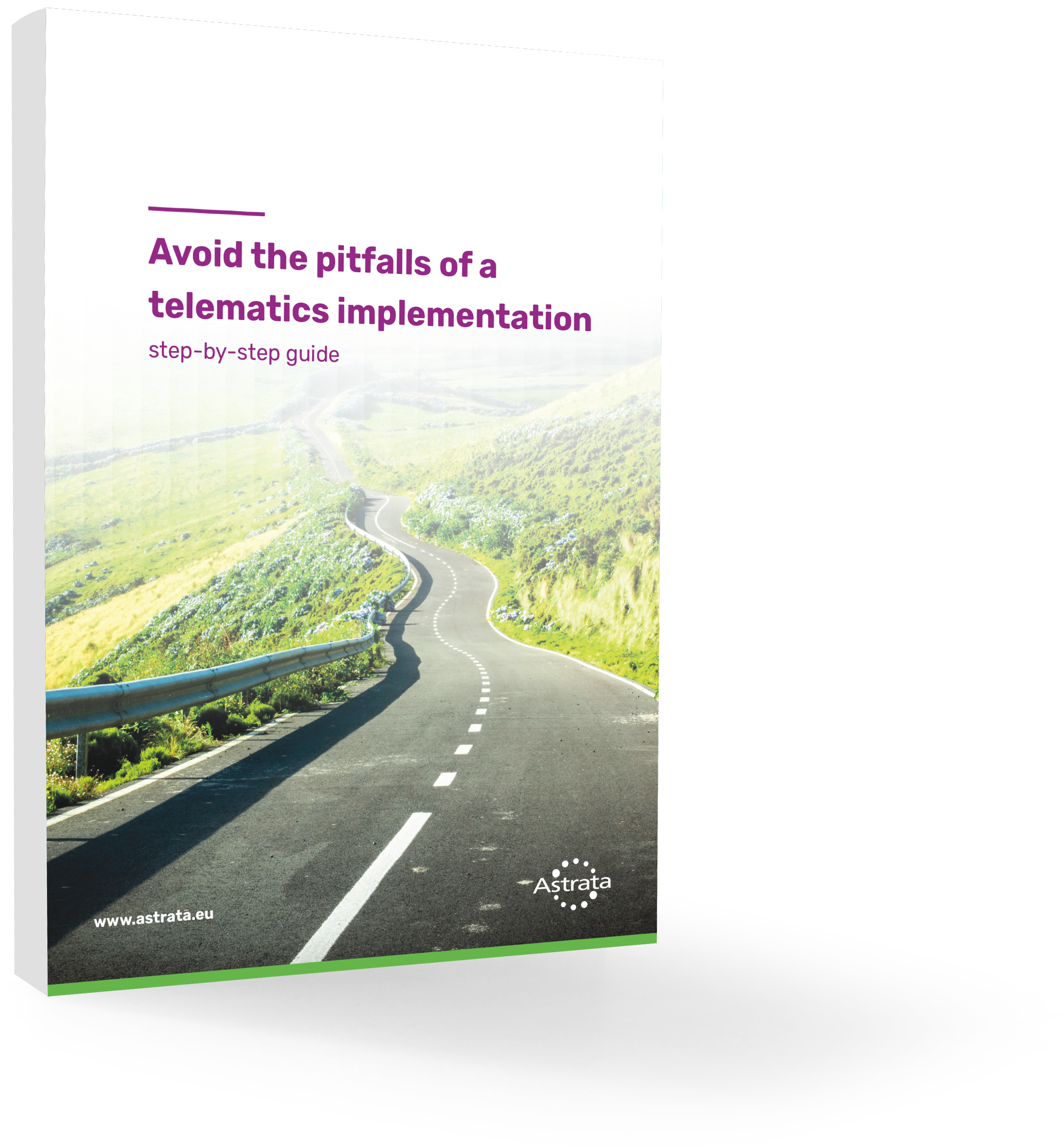Driver monitoring without losing drivers: how and why?
Driver monitoring is one of the most important new trends in the transport and logistics industry. With advanced fleet management telematics systems, companies are able to monitor their driver, for example driving behaviour and legislative compliance. Due to the huge driver retention problem in the industry, it is also important that you monitor your drivers without them feeling that Big Brother is watching them. You should use driver monitoring to help with your employees’ wellbeing and thus improve the driver retention rate.

Why do you need to monitor your drivers?
There are several reasons why transport and logistics companies choose to monitor their drivers. The most obvious one is that driver monitoring is mandatory by law. Companies need to ensure that their drivers comply with driver working hours legislation.
Secondly, driver retention is a big problem in the industry. Because of the lack of good drivers, companies need to recognise good driver behaviour and reward it. Not just to monitor drivers for bad behaviour and penalise them.
Drivers will then enjoy their work more, and they will be more likely to stay at the company instead of working for the competition.
These are only some reasons why you really need to monitor your drivers.
What are ways to monitor your drivers?
Now you know the 'why' we want to discuss the applications of driver monitoring. We can categorise them into 3 groups: location, communication and coaching:
Location:
- Track and trace: see the latest positions of your trucks, when they arrive at customers and when they take their breaks.
- Guided navigation: follow a specified route
- ETA: estimated time of arrival that can be shared with customers
- Geofencing: to monitor when a vehicle enters or leaves a specified location
Communication:
- 2 way communication: from back office to vehicle and back. Supported by web portal and mobile apps.
- Customer’s specific work processes can be implemented
- Send photos and scanned signatures or invoices
Coaching:
- Training: improve their performance
- Driver KPI’s: Create driver performance reports and league tables , provide data based feedback
SIGN UP FOR UPDATES
© 2020 Astrata Europe BV. All rights reserved.




